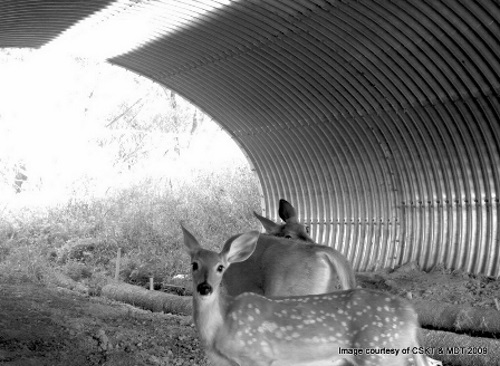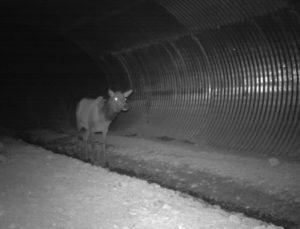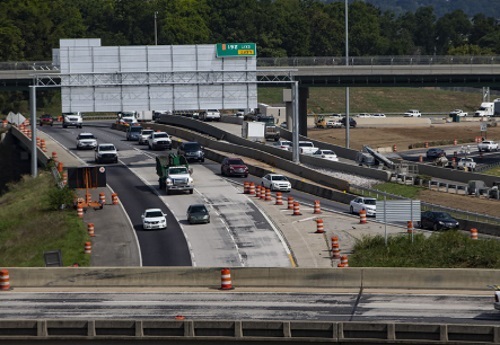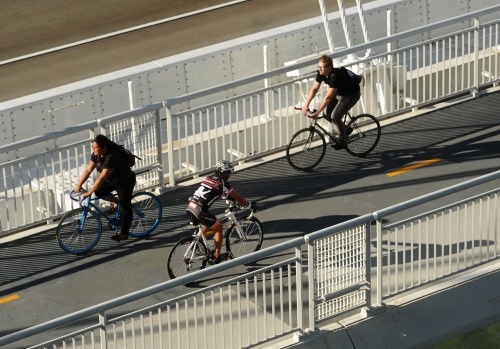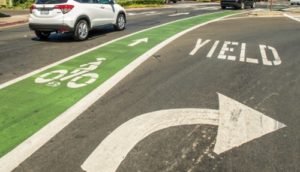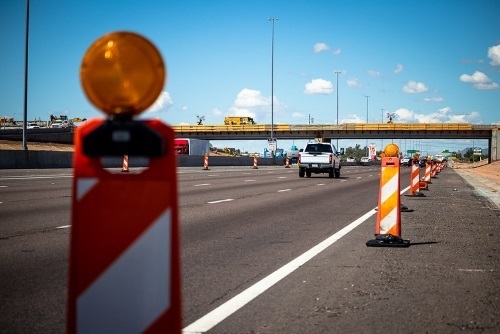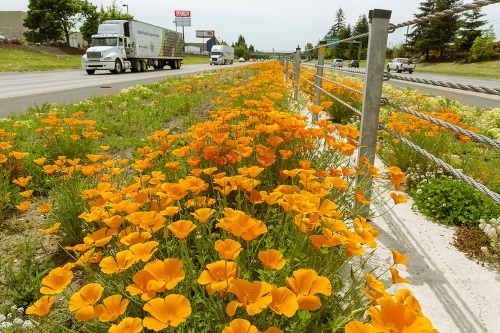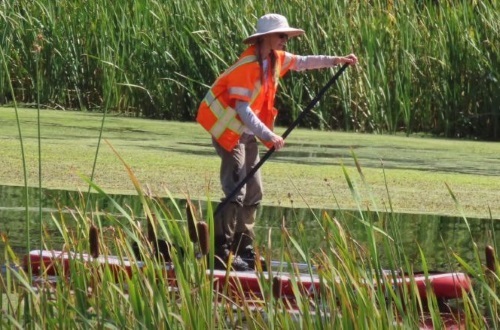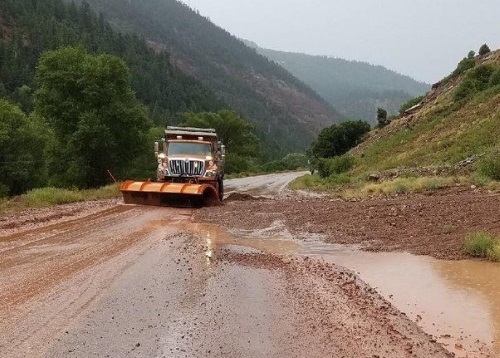A roundup of headlines curated for state transportation environmental professionals
FEDERAL ACTION
State DOTs Still Seeking Emergency Funding from Congress – AASHTO Journal
FERC advises Congress how transmission may be added along transportation corridors – pv magazine
Highway Bill Stuck in Limbo Amid Negotiations – Transport Topics
U.S. Department of Justice to Utilize Enforcement Discretion on “Overfiling” Authority for State-led Clean Water Act Civil Enforcement Matters – JD Supra (Commentary)
Transportation Groups Keep Pressing Congress for COVID-19 Relief – Transport Topics
6 former EPA bosses call for agency reset after election – Associated Press
U.S. Transportation Secretary Elaine L. Chao Announces $464 Million in Grant Awards Nationwide to Revitalize America’s Bus Infrastructure – FTA (Press release)
COVID-19
Technology Is Creating New Mobility Solutions For Cities To Manage Covid-19 – Forbes
Covid-19 blurs the picture of future Miami-Dade mobility – Miami Today (Opinion)
Fixing the Covid Food Disaster Can Slash Climate Emissions – Bloomberg Green
NEPA
Dakota Access review may test Trump’s NEPA overhaul – E&E News
NEPA: Re-Animated Or Is It Wee-Animated? – National Law Review (Commentary)
Keown: The price of Landscape Vegetation Analysis – Casper Star Tribune (Opinion)
INFRASTRUCTURE RESILIENCE AND SUSTAINABILITY
CTE releases guidebook for deploying zero-emission transit buses – Intelligent Transport
Atlanta Fast-Tracks Its Sustainable Transportation Goals – National Resources Defense Council (Blog)
One-Two Punch Hits ExxonMobil Trucking Plan – Santa Barbara Independent
MDOT and MEMA team up to promote hurricane preparedness – Mississippi DOT (Press release)
San Diego planners unveil a $177 billion plan to expand transit, toll highways – San Diego Union-Tribune
ENVIRONMENTAL JUSTICE
Governor Cuomo Proposes New Environmental Justice Provisions for State’s Water Infrastructure Loan Programs – NY State (Press release)
With the Biden-Harris Ticket, Environmental Justice Is a Focus – New York Times
When Street Design Leaves Some People Behind – CityLab
NATURAL RESOURCES
Wildlife Services rereleases predator-killing plans for Wyoming – Jackson Hole News & Guide
While ‘not perfect,’ Potomac River shows progress – Herald-Mail
Revisions to rule on pollution in limbo – Arkansas Democrat-Gazette
HEALTH AND HUMAN ENVIRONMENT/ACTIVE TRANSPORTATION
Bogotá Is Building its Future Around Bikes – CityLab
Now Is The Time To Start Biking – NPR
How Columbus Is Evolving Its Smart Mobility Program – State Tech
City Hopes 2nd Scooter Pilot Can Boost Transportation Equity – WTTW-TV
In Denver’s future street design, cars are guests – KUSA-TV
Israeli researchers develop AI route planning system for blind pedestrians – Xinhua
Indego, Inde-gone: Philly begins installing GPS after record 330 bikes go missing – Billy Penn
TRB RESOURCES/ANNOUNCEMENTS
Dates and times announced for virtual 2021 TRB Annual Meeting – TRB
AASHTO Transitions to a Virtual Annual Meeting – AASHTO Journal
59th Annual Workshop on Transportation Law – TRB
Research Day at ITF Annual Summit – Transport Innovation for Sustainable Development – TRB
TRB Webinar: Capacity Impacts of Connected and Autonomous Vehicles – TRB
Transportation Research: Additional Actions Could Improve DOT’s Internal Collaboration and Reliability of Information on Research Activities – GAO
FEDERAL REGISTER NOTICES
Land Uses; Special Uses; Procedures for Operating Plans and Agreements for Powerline Facility Maintenance and Vegetation Management Within and Abutting the Linear Boundary of a Special Use Authorization for a Powerline Facility; Correction – Forest Service (Final rule; correction)
Allocations of Cross-State Air Pollution Rule Allowances From New Unit Set-Asides for 2020 Control Periods – EPA (Notice of data availability)
Meetings: Draft Invasive Species Strategic Plan; Tribal and Alaska Native Corporation Consultations, Public Listening Sessions – Interior Department (Notice)
Broadband Infrastructure Deployment – FHWA (Notice of proposed rulemaking; request for comments)
Notice of Issuance of Final Circular: Guidance on Joint Development – FTA (Notice of availability of final circular)
Review of the Ozone National Ambient Air Quality Standards – EPA (Proposed action)

